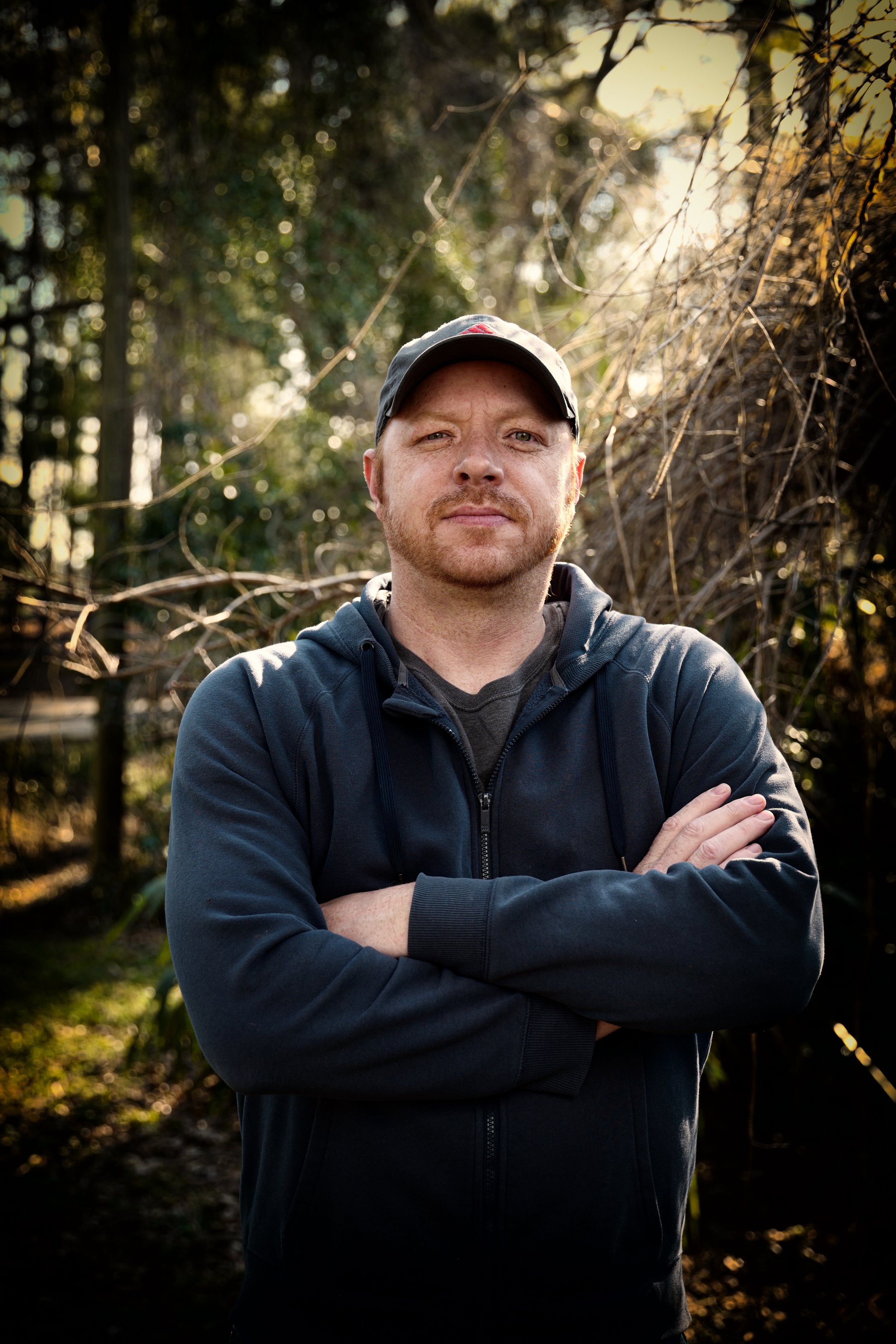More About Circular Dichroism
More About Circular Dichroism
Blog Article
5 Simple Techniques For Uv/vis
Table of ContentsCircularly Polarized Luminescence Can Be Fun For EveryoneThe Best Guide To Circularly Polarized LuminescenceAll about Uv/visThe Ultimate Guide To SpectrophotometersAll about Circular Dichroism

Spectrophotometry is a tool that hinges on the quantitative analysis of molecules depending on how much light is absorbed by colored substances.
The smart Trick of Spectrophotometers That Nobody is Discussing
A spectrophotometer is frequently used for the measurement of transmittance or reflectance of solutions, transparent or opaque solids, such as sleek glass, or gases. Many biochemicals are colored, as in, they soak up noticeable light and for that reason can be measured by colorimetric treatments, even colorless biochemicals can typically be transformed to colored compounds suitable for chromogenic color-forming reactions to yield compounds appropriate for colorimetric analysis.: 65 Nevertheless, they can also be created to determine the diffusivity on any of the listed light ranges that usually cover around 2002500 nm utilizing various controls and calibrations.
An example of an experiment in which spectrophotometry is used is the determination of the stability constant of an option. A particular chain reaction within a solution might happen in a forward and reverse direction, where reactants form items and products break down into reactants. At some time, this chain reaction will reach a point of balance called a stability point.
9 Simple Techniques For Circularly Polarized Luminescence
The quantity of light that travels through the option is indicative of the concentration of particular chemicals that do not allow light to pass through. The absorption of light is because of the interaction of light with the electronic and vibrational modes of molecules. Each type of particle has a private set of energy levels connected with the makeup of its chemical bonds and nuclei and thus will take in light of specific wavelengths, or energies, leading to distinct spectral residential or commercial properties.
They are commonly used in lots of markets including semiconductors, laser and optical manufacturing, printing and forensic assessment, as well as in laboratories for the research study of chemical substances. Spectrophotometry is frequently utilized find this in measurements of enzyme activities, determinations of protein concentrations, determinations of enzymatic kinetic constants, and measurements of ligand binding reactions.: 65 Eventually, a spectrophotometer is able to determine, depending on the control or calibration, what compounds are present in a target and precisely how much through calculations of observed wavelengths.
This would come as a service to the formerly developed spectrophotometers which were not able to soak up the ultraviolet correctly.
More About Circularly Polarized Luminescence
It would be discovered that this did not provide satisfying outcomes, therefore in Design B, there was a shift from a glass to a quartz prism which enabled better absorbance results - circularly polarized luminescence (https://lwccareers.lindsey.edu/profiles/4273853-julie-ann-desa-lorenz). From there, Model C was born with a change to the wavelength resolution which ended up having three units of it produced
It irradiates the sample with polychromatic light which the sample absorbs depending upon its homes. Then it is transmitted back by grating the photodiode range which detects the wavelength region of the spectrum. Considering that then, the production and execution of spectrophotometry devices has actually increased immensely and has turned into one of the most ingenious instruments of our time.

The 6-Minute Rule for Circularly Polarized Luminescence
The grating can either be movable or fixed.
In such systems, the grating is fixed and the intensity of each wavelength of light is measured by a different detector in the range. When making transmission measurements, the spectrophotometer quantitatively compares the fraction of light that passes through a reference solution and a test option, then electronically compares the strengths of the 2 signals and computes the percentage of transmission of the sample compared to the recommendation standard.

Report this page